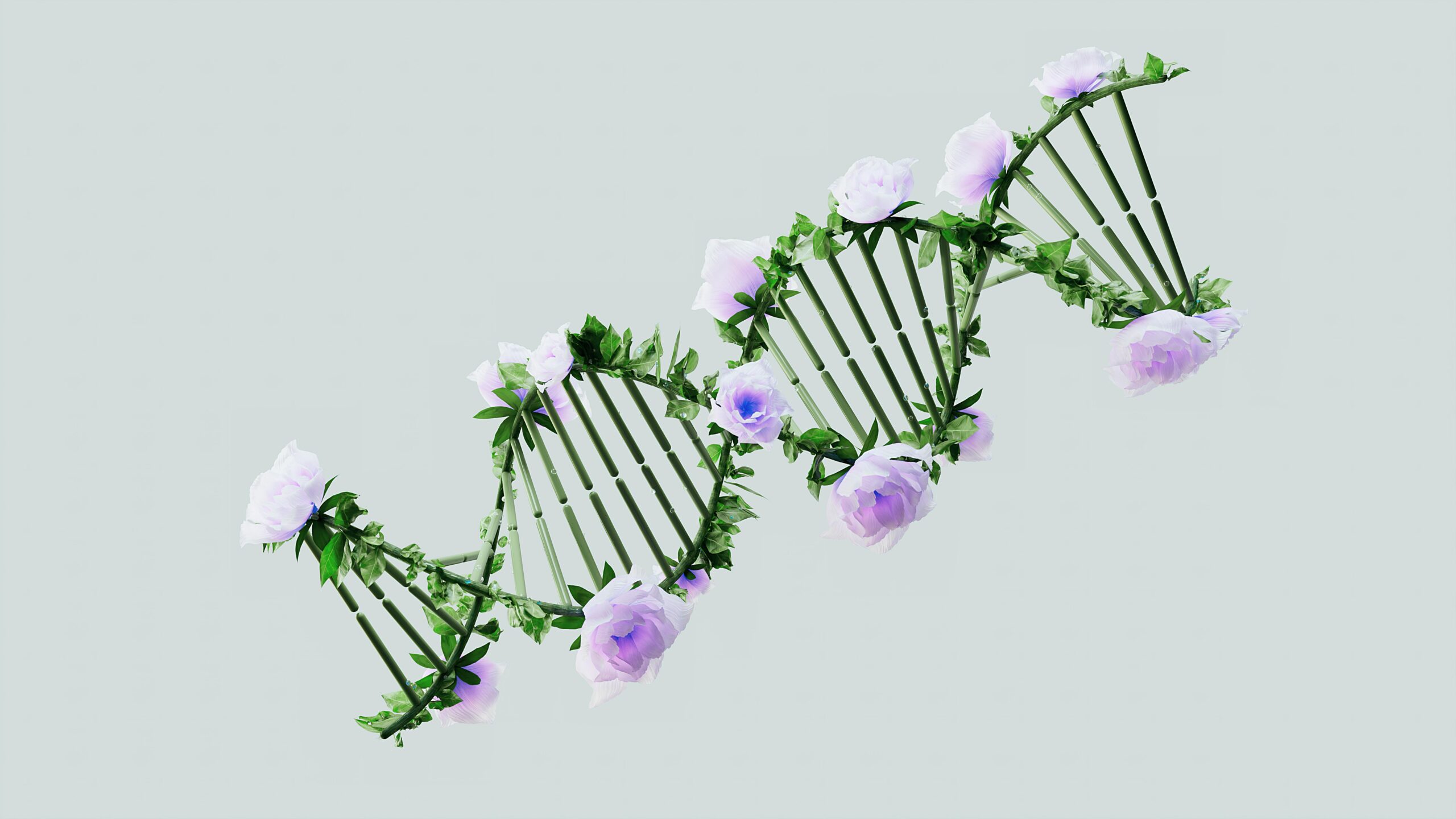Life Science Translation Services for Global Impact
Life science translation services are the backbone of global medical and scientific communication. In today’s interconnected world, accurate translation in biotechnology, pharmaceuticals, and healthcare is not just a preference — it’s a necessity. This article explores how these specialized services ensure compliance, accuracy, and reach for life sciences companies worldwide.

Understanding the Fundamentals
Life science translation services refer to the process of accurately translating scientific and medical content for global use. These services go beyond basic language translation — they require deep industry expertise and regulatory knowledge.
As global collaboration in science and healthcare increases, the demand for precise communication across languages has skyrocketed. From drug approval documents to clinical trial protocols, the translation must meet strict accuracy and compliance standards.
1.1 Scientific Precision and Terminology
Scientific content involves complex terminology that varies across languages and regions. Life science translators must have subject-matter expertise to ensure accurate interpretation. A 2023 study by CSA Research found that 76% of healthcare errors in international documentation stem from poor translation.
Real-world applications include translating patient-reported outcomes, regulatory dossiers, and equipment manuals with high fidelity. Misinterpreting a term like “serum” or “plasma” can have dangerous consequences.
1.2 Regulatory and Legal Compliance
Compared to general translation, life science translation services require knowledge of global regulations like the FDA (USA), EMA (Europe), and PMDA (Japan). Translators ensure every term meets regional standards for submission.
For example, a clinical trial protocol submitted to the EMA must be localized according to EU-GCP (Good Clinical Practice) guidelines. Companies failing this often face delays or legal repercussions.
Practical Implementation Guide
Understanding the importance of life science translation is one thing — successfully implementing it is another. Below is a guide for life science companies seeking to operationalize translation services across projects.

2.1 Actionable Steps
- Audit Content Inventory: Identify all documents requiring translation such as clinical study reports, patient leaflets, and labelling.
- Select Specialized Translation Partner: Choose a vendor experienced in life science translation services with ISO 17100 and ISO 9001 certifications.
- Establish Workflow & Timeline: Create milestones for draft reviews, regulatory audits, and linguistic validations based on market rollout timelines.
2.2 Overcoming Challenges
Life sciences companies often face the following challenges during translation:
- Lack of linguistic consistency across documents
- Unfamiliarity with region-specific regulatory terminology
- Inadequate formatting for multilingual compliance
- Delayed approval due to translation inaccuracies
Solutions include using Translation Memory (TM) tools, appointing bilingual SMEs for QA, and integrating automated quality checks into the workflow.
Advanced Applications
Beyond regulatory filings, life science translation services play an essential role in research expansion, patient outreach, and digital health innovation. Here’s how these services go to the next level of sophistication.

3.1 AI-Assisted Translation with Human Oversight
Machine Translation (MT) has entered the life sciences domain, offering speed and scalability. However, expert human reviewers remain critical to maintain context and terminology accuracy. A hybrid model — AI + Human Review — is now standard in many multinational pharmaceutical firms.
Case studies show up to 45% time savings using MTPE (Machine Translation Post Editing), particularly in repetitive data like batch testing records and device instructions.
3.2 Integration with eCTD and EHR Systems
Translated documents must integrate seamlessly into electronic systems like eCTD (electronic Common Technical Document) and EHRs (Electronic Health Records). Ensuring XML-tagged text matches regulatory schemas across languages is an advanced skill set.
Additionally, automated workflows ensure consistent translations across platforms, reducing manual effort and enhancing audit readiness.
Future Outlook
As personalized medicine and digital therapeutics rise, the demand for high-quality life science translation services will only grow. AI will play a supportive role, but human translators will remain irreplaceable in interpreting scientific nuance.
By 2030, it’s estimated that global demand for medical translation services will grow by 9.6% annually. Forward-thinking companies must build robust linguistic infrastructure to stay competitive in international markets.
Conclusion
To summarize, three key takeaways include:
- Life science translation services ensure compliance, safety, and global reach.
- Scientific accuracy and regulatory adherence are non-negotiable.
- Hybrid models of AI and human expertise are shaping the future.
For biotech and pharmaceutical firms aiming for global impact, professional translation is not optional — it’s essential. Invest in the right partners and technologies to ensure your message transcends borders accurately and effectively.
Start by evaluating your current documentation and aligning with a specialized translation provider who understands your industry and speaks your language.
Frequently Asked Questions
- Q: What are life science translation services? Life science translation services refer to the accurate translation of documents and content related to healthcare, pharmaceuticals, biotechnology, and clinical research.
- Q: How do I get started with translation for my medical device company? Begin with a content audit, then engage a certified translation agency with medical expertise and regulatory compliance capabilities.
- Q: How long does translation typically take? Timelines vary depending on volume and complexity, but average turnarounds range from 5 to 15 business days for standard regulatory documents.
- Q: How much do life science translation services cost? Costs range from $0.15 to $0.40 per word based on language pair, urgency, and content type. Regulatory translations may carry a premium.
- Q: How do these services compare to general translation? Life science translations are more technical and require subject-matter expertise, regulatory compliance, and rigorous QA — unlike general translation.
- Q: Are these services hard to implement? With the right partner, onboarding is straightforward. Choose vendors with streamlined workflows and prior experience in your vertical.
- Q: Can life science translations be tailored to my industry? Yes, translators can specialize in fields like oncology, cardiology, genomics, and device manufacturing to deliver industry-specific accuracy.
